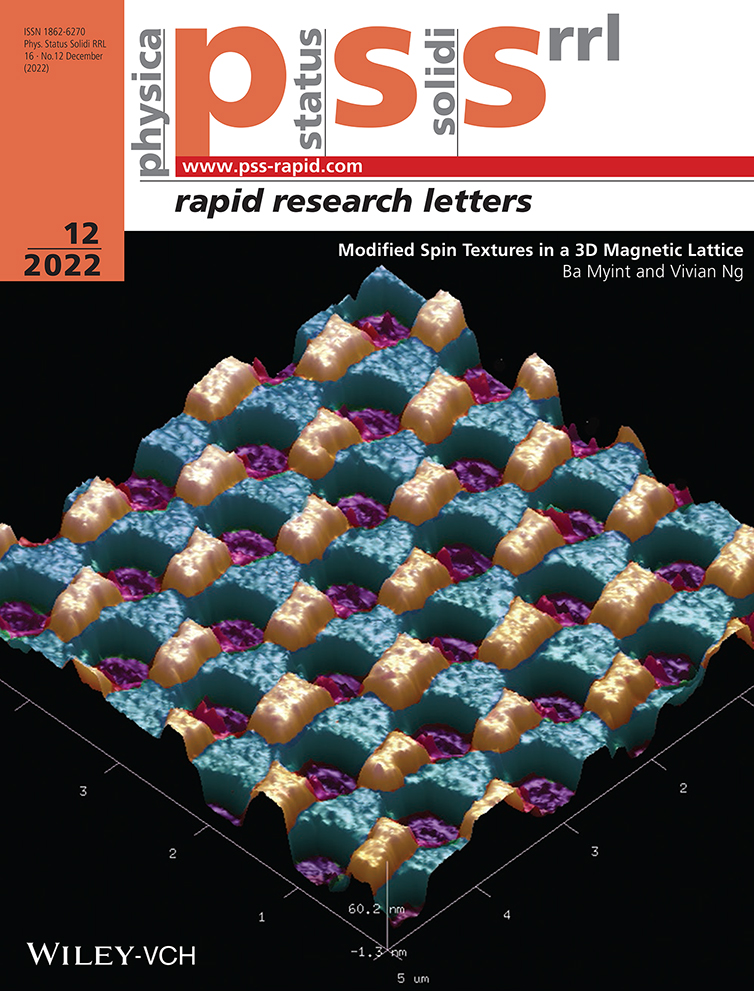Stitching-Induced Structural Corrugation of Twisted Grain Boundaries in CVD-Grown MoS2 Domains
Abstract
2D MoS2 films represent a promising direction for electronic and photonic devices, benefiting from their intrinsic semiconducting and ultrathin body. However, grain boundaries (GBs), as a common type of structural defect, are inevitable and significantly impair electrical performance and stability. Understanding the underlying forming mechanisms and influences of GBs is key to scalable MoS2 films with high electrical performance. Here, a phenomenon regarding the formation of twisted GBs and the exotic physical properties near the GB region are reported. A set of microscopies and spectroscopies complemented with theoretical calculations consistently show that the mechanical and electrostatic properties near the GB are distinct from the interior ones. The underlying mechanism is proposed to be that the edge stitching behavior of MoS2 single crystals with a misorientation angle leads to structural corrugation due to lattice deformation, which is responsible for the observed exotic properties. The proposed mechanism is further corroborated by the theoretical calculations of band structure as well as surface potentials for normal and twisted MoS2 monolayers. These results uncover an interesting interplay between the GB style and the physical properties and open new avenues for exploring applications in semiconducting MoS2.
Conflict of Interest
The authors declare no conflict of interest.
Open Research
Data Availability Statement
The data that support the findings of this study are available from the corresponding author upon reasonable request.




